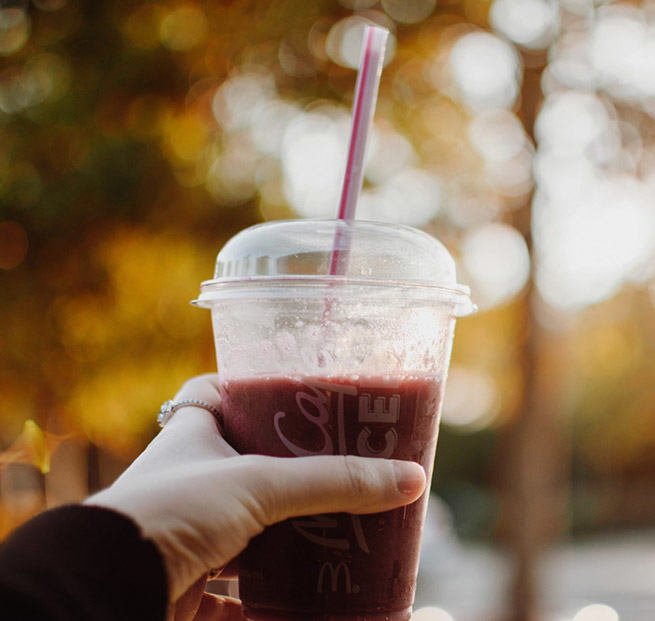How are oil and moisture resistance achieved in sandwich boxes? Do these treatments impact recyclability?
Mar 06, 2025
Cardboard sandwich boxes must resist oil and moisture to keep food fresh and prevent leaks. These properties are typically achieved through specialized coatings and material choices, but these solutions often raise questions about their environmental impact, particularly recyclability. Understanding the balance between functionality and sustainability requires a closer look at common techniques and their trade-offs.
Methods for Oil and Moisture Resistance
Most sandwich boxes use thin polymer coatings applied directly to the paper or cardboard base. Polyethylene (PE), a type of plastic, is widely chosen for its ability to block both grease and water. This coating acts as a barrier, preventing oils from foods like fried chicken or cheese from seeping into the paper. While effective, PE creates challenges for recycling because it cannot be easily separated from the paper fibers during processing.
Alternative coatings, such as water-based solutions, are gaining traction. These coatings use materials like starch or cellulose derivatives to repel oil without relying on traditional plastics. For example, some brands now apply plant-based waxes or bio-polymers that degrade more easily in composting systems. These options aim to maintain performance while reducing environmental harm.
Another approach involves modifying the paper itself. High-density paperboard is compressed to reduce porosity, naturally resisting oil penetration. This method avoids additional coatings but may require thicker material, increasing weight and material use. Recycled paper fibers are also being treated with natural additives, such as clay or algae extracts, to enhance moisture resistance without synthetic chemicals.
Structural design plays a role too. Corrugated layers or folded edges create air gaps that minimize direct contact between moist food and the box surface. This design slows condensation buildup, preserving the box’s integrity during transport.
Recyclability Challenges and Solutions
The environmental impact of these treatments varies. Traditional PE coatings render most sandwich boxes non-recyclable in standard paper recycling streams. When these boxes are processed, the plastic clogs machinery and contaminates recycled pulp, forcing many facilities to reject them outright. As a result, PE-coated boxes often end up in landfills or incinerators.
Fluorochemical treatments, once popular for their oil-repellent properties, face scrutiny due to their persistence in the environment. These “forever chemicals” do not break down naturally, contaminating soil and water. Regulatory bans in regions like the European Union and parts of the U.S. have pushed manufacturers toward safer alternatives.
Innovations in detachable coatings offer a promising middle ground. Some newer designs feature a peelable layer that users can remove before disposal. The paper component then enters recycling streams, while the coating is processed separately. This method requires consumer education but simplifies recycling logistics.
For facilities equipped with advanced sorting technology, near-infrared (NIR) scanners can identify and separate coated materials automatically. However, adoption remains limited due to high costs.
Composting provides another pathway. Boxes with plant-based coatings, such as polylactic acid (PLA) or starch blends, break down in industrial composting facilities under high heat. While these materials avoid plastic pollution, they require specific conditions to degrade and are not suitable for home composting.

We are very glad that you came to JIEYU to purchase or customize, and we are confident to provide you with quality products and services.
 英语
英语 中文简体
中文简体




















